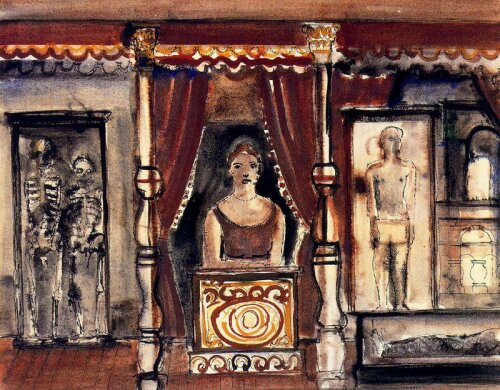This subproject of Science at the Fair examines a neglected aspect of the social, cultural and artistic role of women in fairground communities and their impact on the circulation of knowledge and visual culture in nineteenth-century Europe. As in other cultural fields, the role of women in nineteenth-century show business is poorly documented. Iconographic sources such as paintings, posters, prints or photographs give us a clue, but should be interpreted with caution. Depictions of women in appealing fairground advertisements confirm and often reinforce a number of stereotypes. The female performer is mostly portrayed as the graceful assistant. Dressed in glamorous, revealing costumes, her role seems reduced to assisting her husband, shifting props onto and off the stage. In other instances, her elegant body is being sawn into pieces. However, in itinerant show business families, women traditionally participated in all aspects of the business, while their names were rarely mentioned in the records. Moreover, fairground communities allowed and encouraged women to perform whatever role befitted them on stage, including all the traditionally male jobs off-stage, such as driving vehicles and doing manual work, as well as maintaining the financial and domestic side of life and, in some cases, travelling the world. This project aims to reassess these notorious female stereotypes in the historiography of popular science performance and, by extension, draw attention to the company, the family, the troupe, and the unseen people in the wings of the travelling theatre.

Le Musée Spitzner by Paul Delvaux (1933)